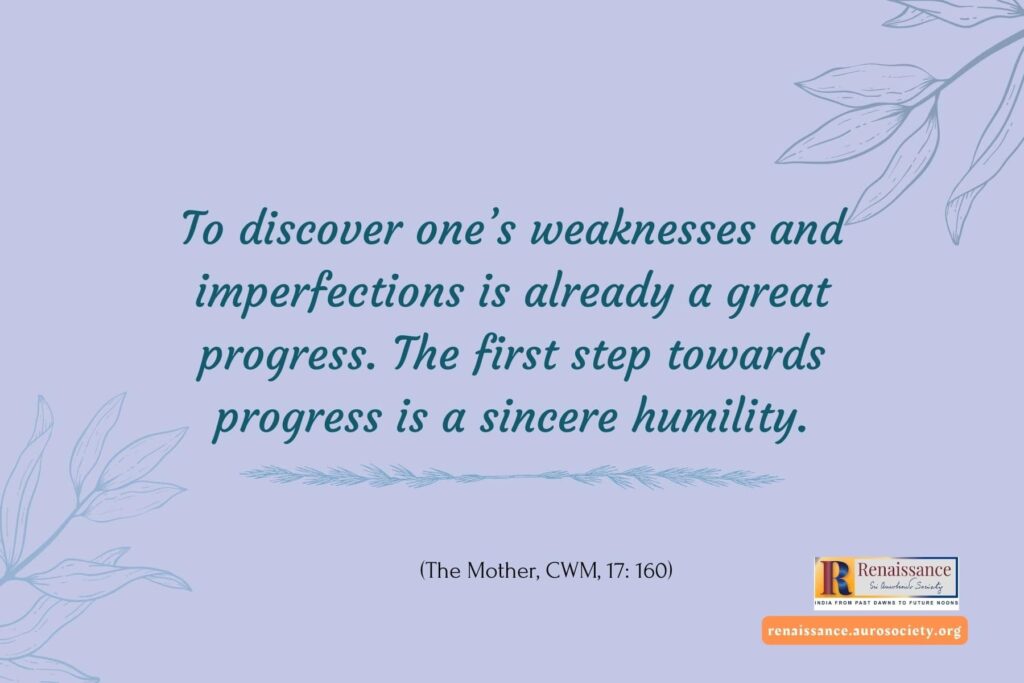True Humility – “A Living and Secret Contact with the Divine Consciousness”
In this delightful little essay, Nolini Kanta Gupta reminds us – “Humility, in order to be true and sincere, need not be sour and dour in appearance or go about in sack-cloth and ashes. On the contrary, it can be smiling and buoyant: and it is so, because it is at ease, knowing that things will be done—some things naturally will be undone too—quietly, quickly, if necessary, and inevitably, provided the right consciousness, the right will within is maintained.”
True Humility – “A Living and Secret Contact with the Divine Consciousness” Read More »








